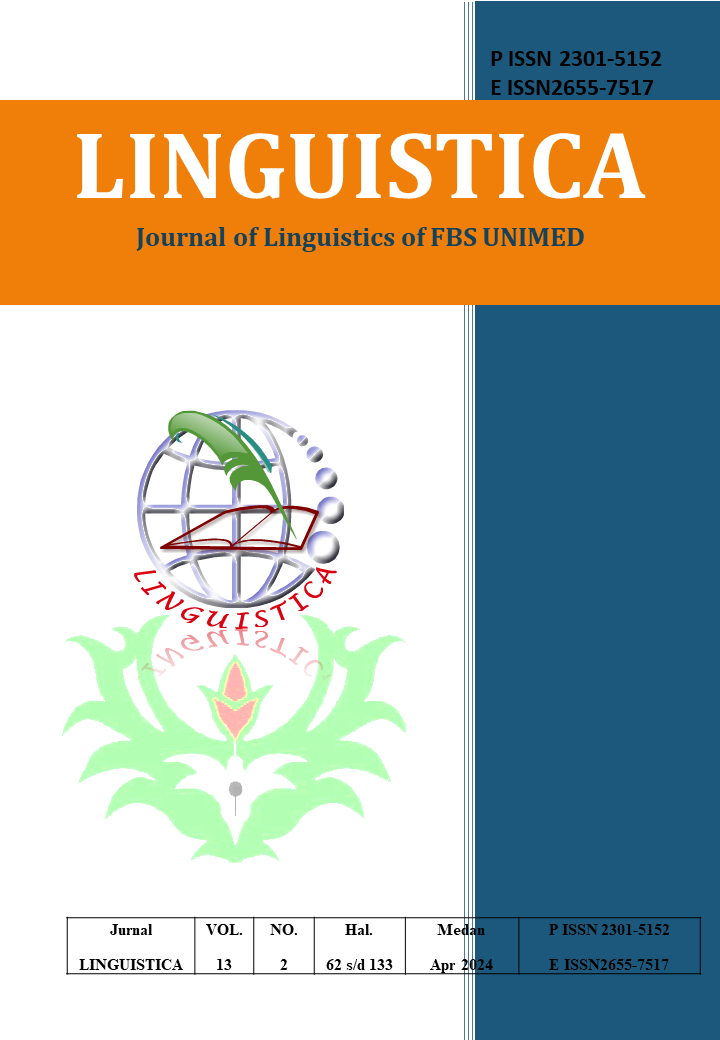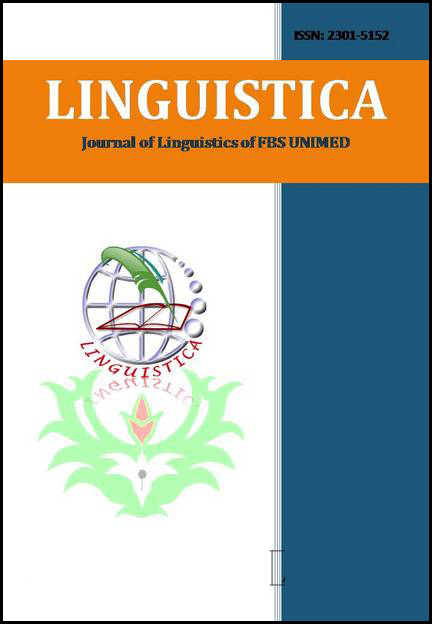LANGUAGE STYLE IN TASYA FARASYA™S ADVERTISEMENT VIDEO YOUTUBE
DOI:
https://doi.org/10.24114/jalu.v13i2.57914Abstract
Language style in advertisement was conduct on Tasya Farasya™s YouTube Video. The article aimed to investigate the types and describe the realization the language style in Tasya Farasya™s advertisement video YouTube. This research using William Well™s theory and qualitative descriptive method. The data source is YouTube videos and 50 styles of English advertisements were found as data. The result emerged with nine types of language style advertisement: Hard Sell (8%), Soft Sell (4%), Lecture and Drama (2%), Straightforward (10%), Demonstration (24%), Problem Solution (20%), Slice of Life (6%), Spokeperson (12%), and Comparison (14%). Each language style has a different communication style, the hard sell style shows promotional language, the soft sell style shows more subtle promotional language such as lots of stories, the lecture and drama language styles show the language of drama stories created by advertisers, the straightforward style shows honest language. A style shows the language influences the audience by promoting products while using it. The problem and solution style indicates language that points out the problem and then suggest a solution. Lifestyle dramas show language that involves their personal lives through the products they advertise. The spokesperson™s style indicates the advertising language that advertisers usually use. Finally, comparative style shows the language of comparing one product with another.Downloads
Published
2024-05-05
How to Cite
ANISAFITRI, S. A., & MEISURI, M. (2024). LANGUAGE STYLE IN TASYA FARASYA™S ADVERTISEMENT VIDEO YOUTUBE. LINGUISTICA, 13(2), 92–114. https://doi.org/10.24114/jalu.v13i2.57914
Issue
Section
Articles
License
Copyright (c) 2024 SRI AYU ANISAFITRI, MEISURI MEISURI

This work is licensed under a Creative Commons Attribution-ShareAlike 4.0 International License.
Authors who publish with this journal agree to the following terms:
- Authors retain copyright and grant the journal the right of first publication with the work simultaneously licensed under a Creative Commons Attribution License that allows others to share the work with an acknowledgment of the work's authorship and initial publication in this journal.
- Authors are able to enter into separate, additional contractual arrangements for the non-exclusive distribution of the journal's published version of the work (e.g., post it to an institutional repository or publish it in a book), with an acknowledgment of its initial publication in this journal.
- Authors are permitted and encouraged to post their work online (e.g., in institutional repositories or on their website) prior to and during the submission process, as it can lead to productive exchanges, as well as earlier and greater citation of published work (See The Effect of Open Access).
- This work is licensed under a Creative Commons Attribution-ShareAlike 4.0 International License.









